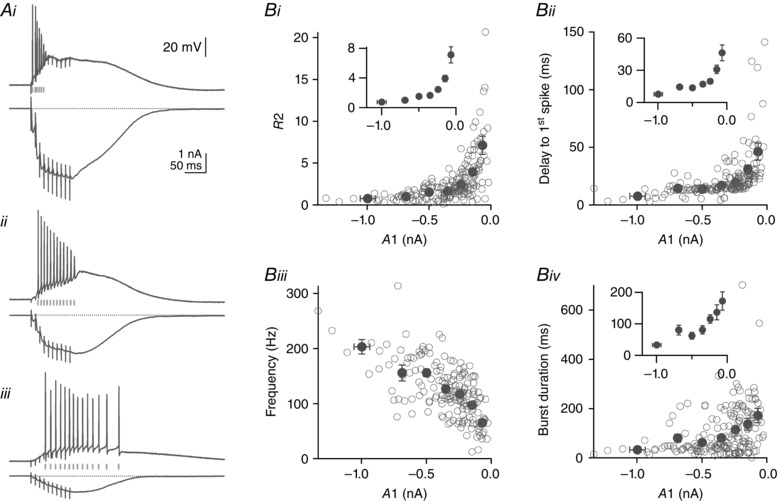Figure 10. Action potential generation in response to PF train stimulation .

Parallel fibre train EPSCs and the corresponding current‐clamp responses of Purkinje cells were stimulated across the dendritic field of 10 Purkinje cells in sagittal slices. A, three examples of PF train EPSCs and the corresponding responses in current clamp from the same cell. Examples are of the three types described in Fig. 1: saturating (Ai); hybrid (Aii); and building up progressively (Aiii). Calibrations in each panel are identical. B, R2 = P2/A1 (Bi), the delay to the first spike (Bii), the average spike frequency during the elicited burst of action potentials (Biii), and burst duration (Biv) are plotted against the amplitude of the first response of the train EPSC, A1. Open circles are individual values; black circles are average values for bins of A1 amplitude (0 to −100, −100 to −200, −200 to −300, −300 to −400, −400 to −600, −600 to −800 and below −800 pA). Insets show average data only at a higher magnification. Small A1 amplitudes are associated with larger R2 values, longer delay to the first spike, lower spiking frequency and longer burst duration. On average, for A1 values of −68.4 ± 5.5 pA, R2 was 7.1 ± 1.1, delay to first spike was 46.3 ± 7.4 ms, spike frequency was 65.4 ± 6.6 Hz and burst duration was 172.2 ± 29.0 ms. For A1 values of −686.4 ± 13.6 pA, R2 was 1.0 ± 0.1, delay to first spike was 14.4 ± 1.4 ms, spike frequency was 155.5 ± 14.5 Hz and burst duration was 80.4 ± 15.7 ms. The results show that saturating train EPSCs can recruit the postsynaptic cell efficiently and precisely with short presynaptic bursts of activity, whereas building up train EPSCs require longer presynaptic trains. All cells were recorded in sagittal slices.
